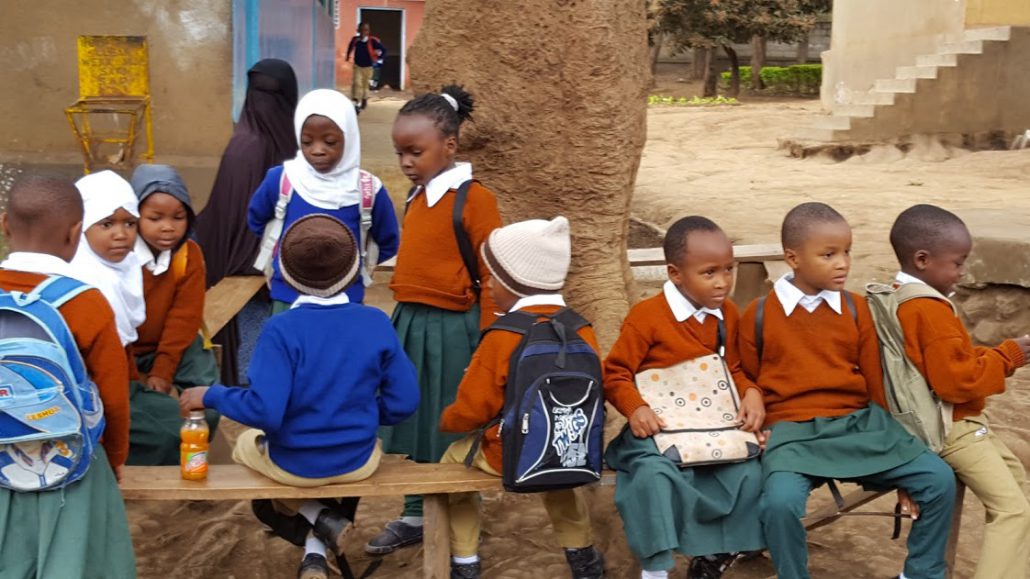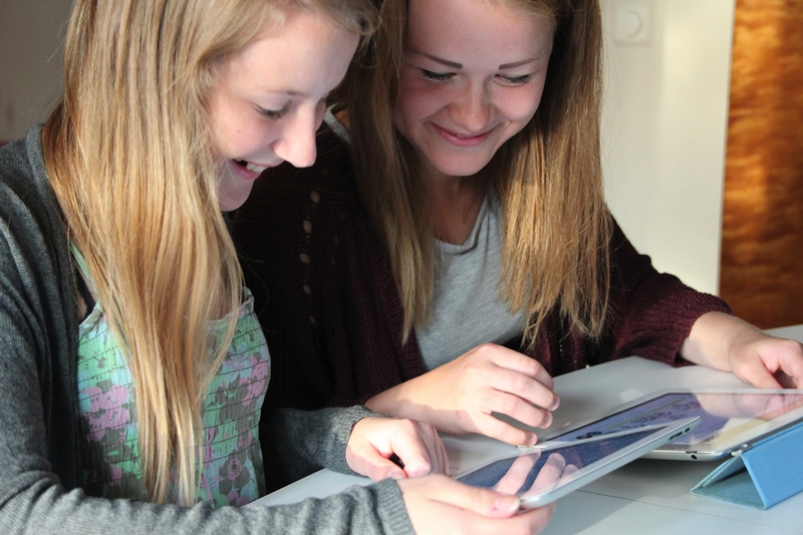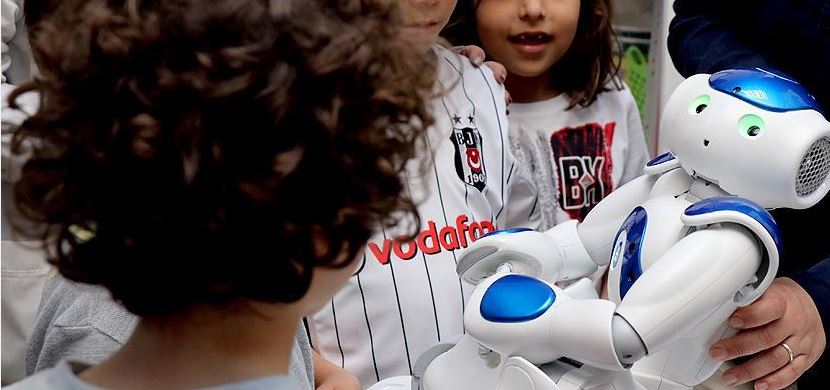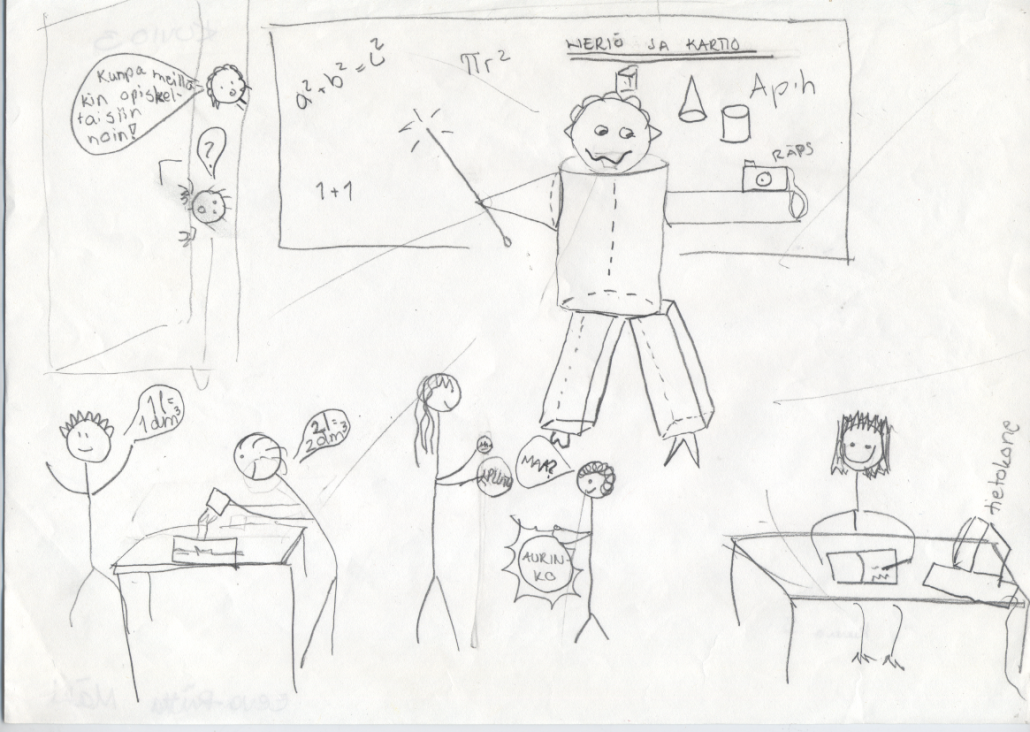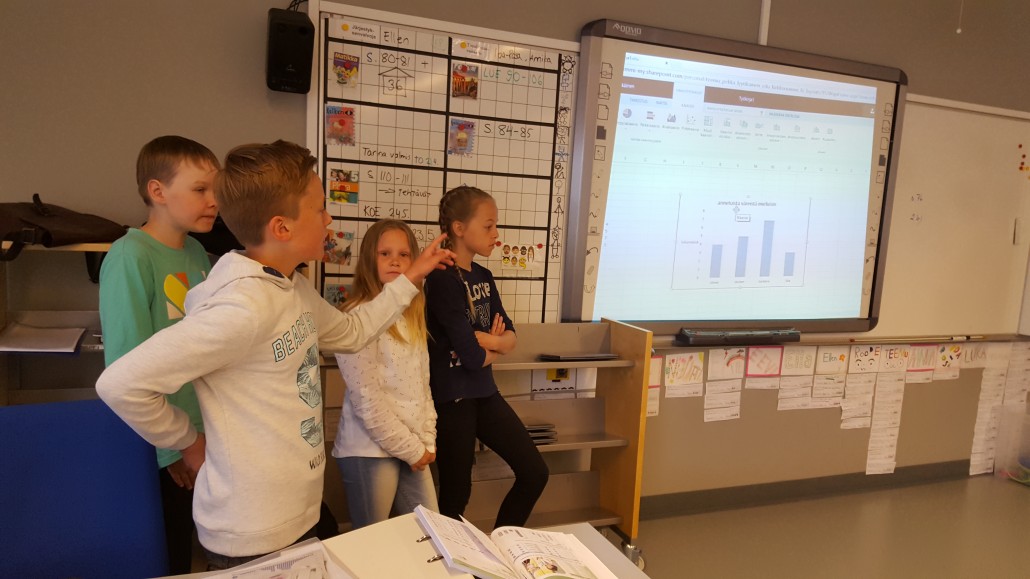What Does a High Quality, Global PBL Program Look Like in Your Classroom?
During Project Based Global Learning (PBL) students are working on over a period of time. The project engages students in solving a real-world problem or perhaps answering a big picture question. Here my friend principal Marjo Rantanen, Kartanonranta School, Finland writes what does it look like in her classroom and school.
My school participated in an EU funded Erasmus+ project called Innovative and Entrepreneurial Solutions to Climate Change. The partner organizations were Haukilahti School, Espoo and Kartanonranta School, Kirkkonummi, Finland ; Henriette Breymann Gesamtschule, Wolfenbüttel, Germany and Balwearie High School, Scotland, UK.

Main objectives
This project focused on three main objectives:
1. to develop the transversal and basic skills supporting students chances of going on
2. to further employment or education following school
3. to develop innovative approaches to teaching and learning and share pedagogy 4. across different educational regions within Europe,to increase knowledge on effects of pollution and global warming on the environment and EU policies on climate change.
What students learned
Throughout the course of the project the student’s communication skills were developed and improved. During the whole project the students stayed in contact via email and social media. Furthermore, they were working constantly on their presentation skills. Not only had they to present their results within their peer group but also to professionals, representatives of the surrounding communities and nearby schools. All participating students did an extensive amount of research – market research as well as scientific research.
As English was the common language throughout the project, the Finnish and German students improved on their verbal skills significantly. Scottish students had to adjust their English to match the mixed audience. In order to plan projects and to exchange ideas, students had to use IT such as e-Twinning, Twitter and social media like Facebook.
By designing prototypes and using 3D modelling, students improved their entrepreneurial skills. They learned to evaluate peer work and team work results. Based on the feedback they were given students further developed their ideas and projects. In addition students gained experience in different job sectors, for example electricity (Germany), car industry (Germany) and renewable energies (Scotland, Finland, Germany).
As a result of participating in the project the pupils gained the John Muir Award in recognition of their work, a recognized award of achievement by employers.
What teachers learned
Teachers observed different teaching methodologies in Germany, Finland and Scotland. All participating teachers took part in regular, cross subject lessons. There were regular informal discussions about the curriculum structure and procedures on both an international and national levels. In addition to the teachers getting an insight to teaching in different countries, the pupils also took part in regular lessons in their partner schools. Thus, they developed a sense of how lessons are taught in different countries and cultural awareness.
Broader environmental understanding
All students increased their knowledge on the effects of pollution and global warming on the environment and EU policies on climate change. There were four studies that were done by all participating schools: a tea bag study, an earth worm study, a lichen study and a water study. The pupils had to interpret the results and thereby gained a better understanding of the underlying science. The pupils shared their knowledge and the results of their research through presentations throughout the project and during an after school event.
To get a closer insight into EU environmental policy politicians from all three countries gave presentations and took part in the discussions that followed. During the international trips there were interactions with professionals, for example at Cruachan, Ardroy, Geobus, Lammi Forest Nature Reserve and the Technical University of Braunschweig. In addition to all mentioned above, the students also made lifelong friendships. After the project they have visited each other in different countries and learned how to be global citizens.
As part of the Top Global Teacher Bloggers / CMRubinWorld.com / Global Search for Education http://www.cmrubinworld.com/TGTB, above is the answer of Marjo Rantanen to question of November: What does a high quality, global PBL program look like in your classroom?


